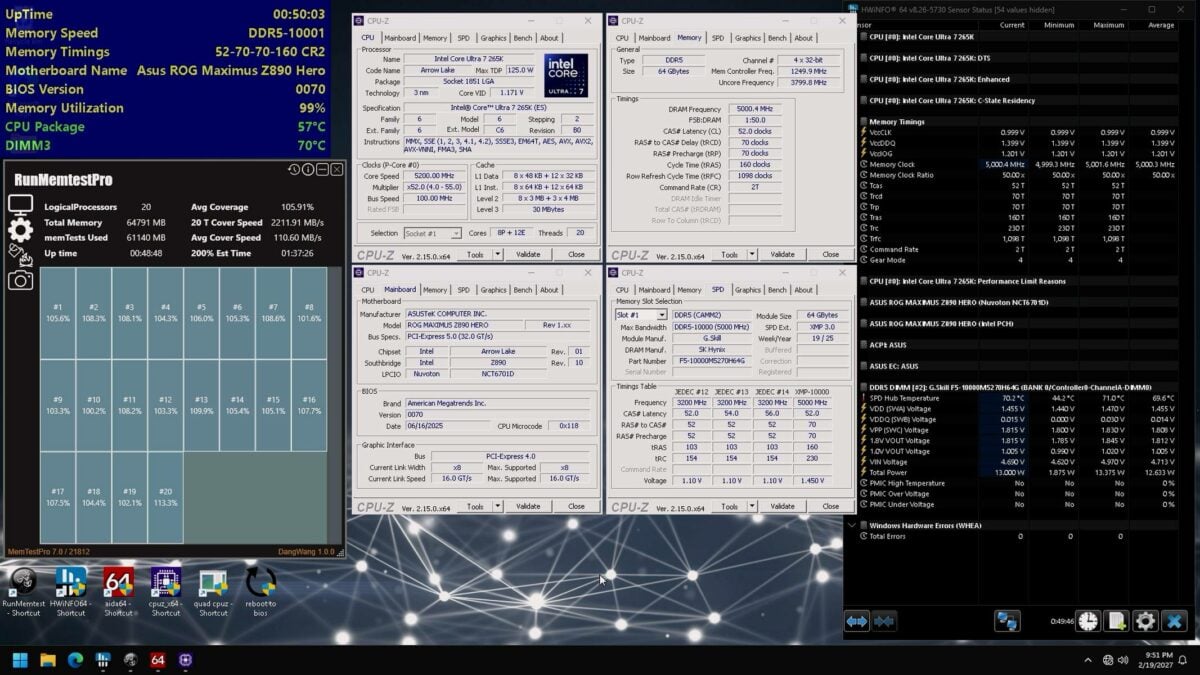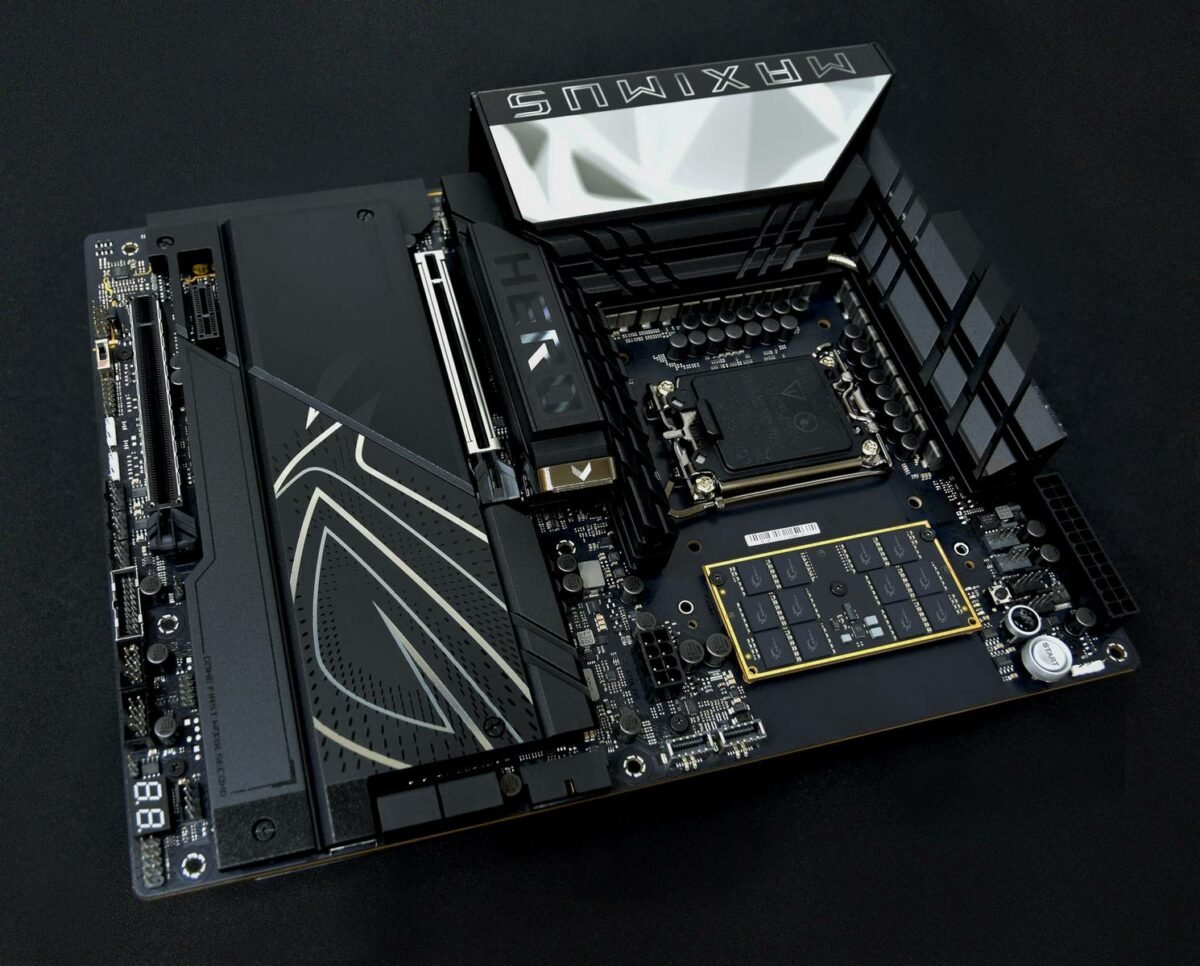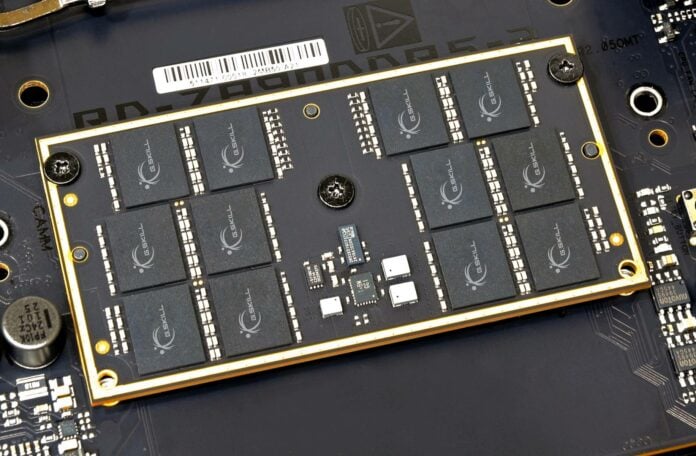G.Skill has showcased the performance potential of CAMM2 DDR5 memory, hitting a landmark speed of 10,000MT/s. Such frequencies make the memory standard an even-more compelling alternative to regular UDIMM DDR5 modules.
To explore the overclocking potential of CAMM2, G.Skill teamed up with Asus. Their partnership resulted in a single 64GB module running at 10,000MT/s on a modified ROG Maximus Z890 Hero motherboard with a Core Ultra 7 265K processor at the system’s heart. The team successfully subjected the memory to a 50-minute Memtest run, proving the reliability and stability of the overclocked frequency.

While we’ve seen DDR5 UDIMM kits operate at higher transfer rates, CAMM2 promises to offer similar performance alongside a host of unique advantages. For instance, manufacturers can produce CAMM2 modules in up to 128GB capacities, exceeding the current limits of UDIMM.
The most attractive thing about CAMM2, though, is signal integrity thanks to the shorter distance between modules and the CPU. For context, motherboard manufacturers need to precisely delay the signal of the closest UDIMM to account for the time it takes for the furthest one to arrive. This isn’t the case with CAMM2, as the entire dual-channel affair squeeze into a single module that connects to the PCB via a pin-to-pad grid array.
Another advantage to CAMM2 is its ability to fit in slim machines, making it perfect as a replacement for laptops’ SO-DIMM modules, which often stick with 5,600MT/s kits. Lastly, thanks to its flat installation on motherboards, you no longer need to think about CPU cooler compatibility. Well, at least until CAMM2 starts coming with its own heatsink.

All CAMM2 needs is wider adoption. For the moment, the format is in a chicken-and-egg situation where board manufacturers await CAMM2 to become widely available in retail and memory manufacturers await board makers to support the standard. There’s no telling when that future will arrive, but I hope it doesn’t keep me waiting.

